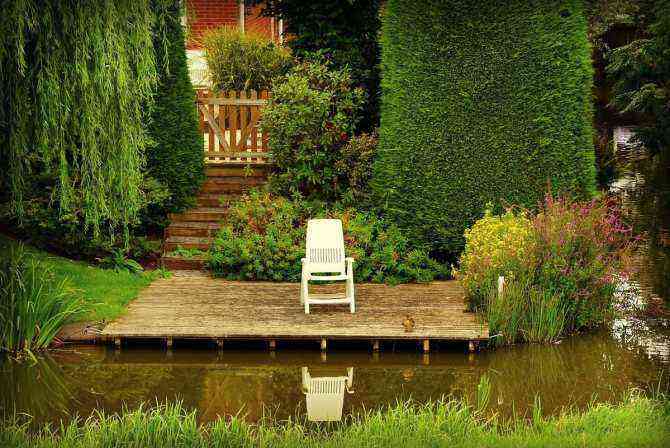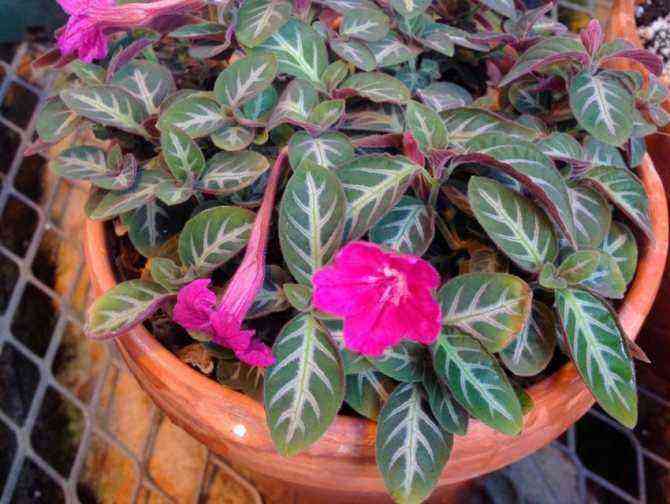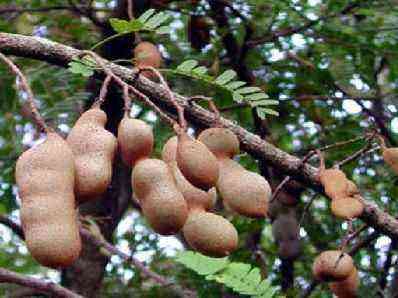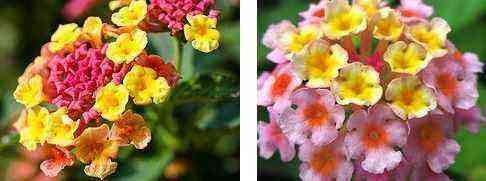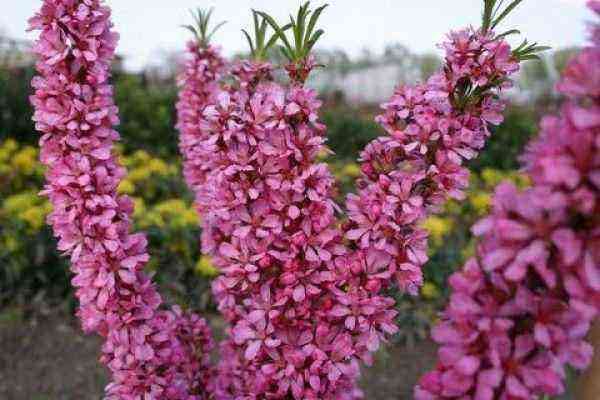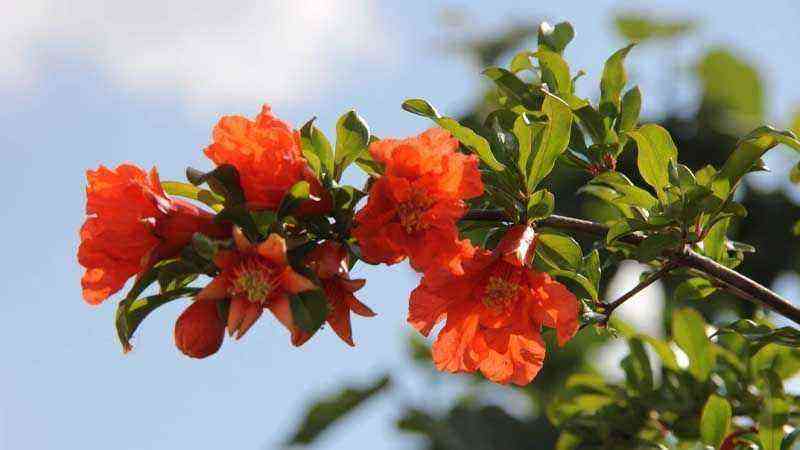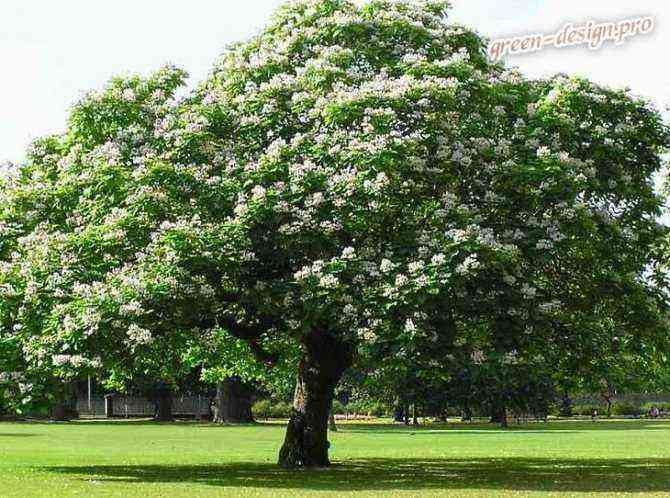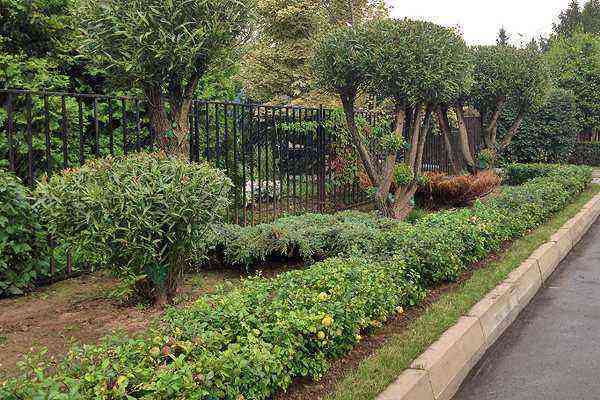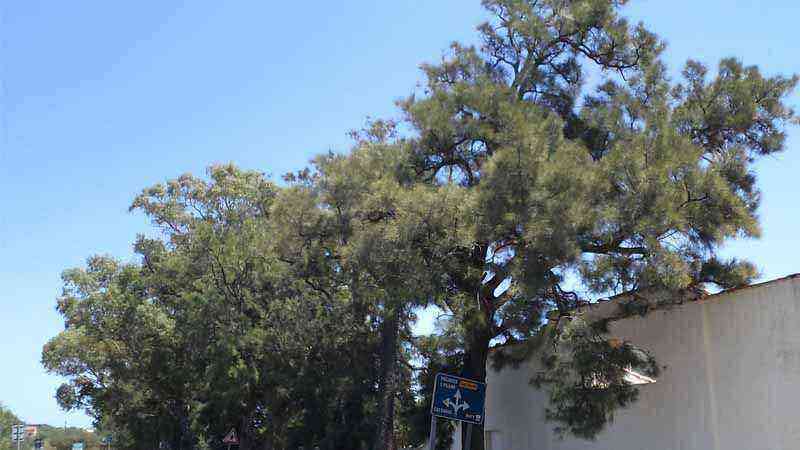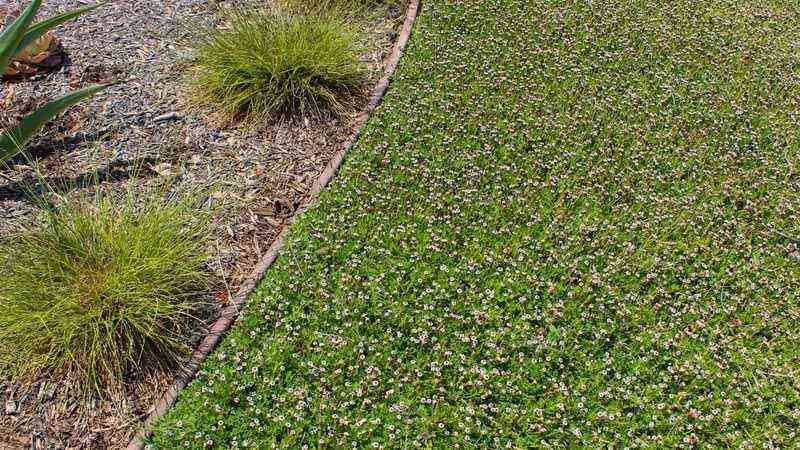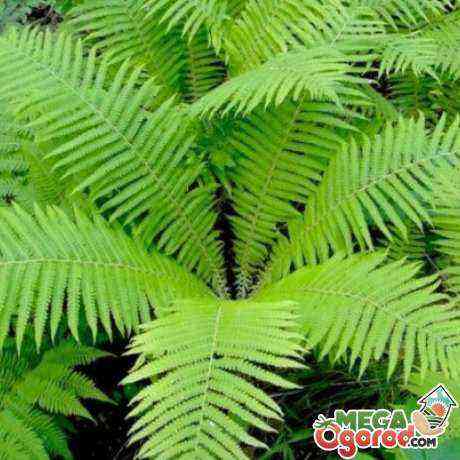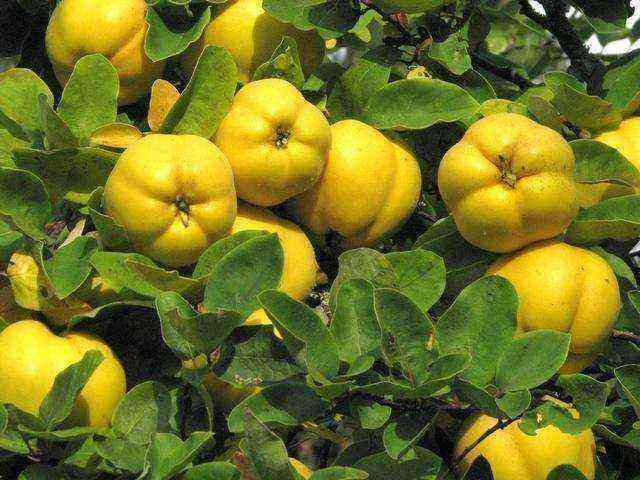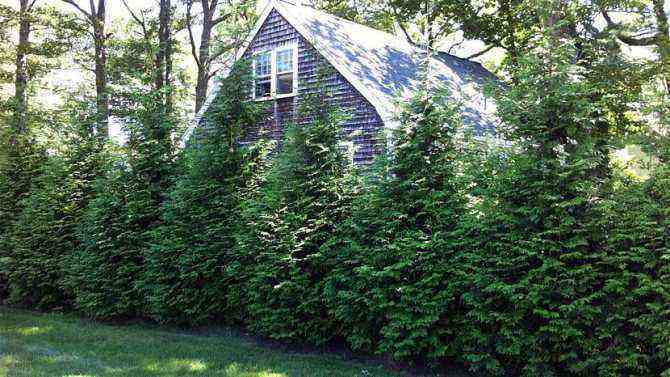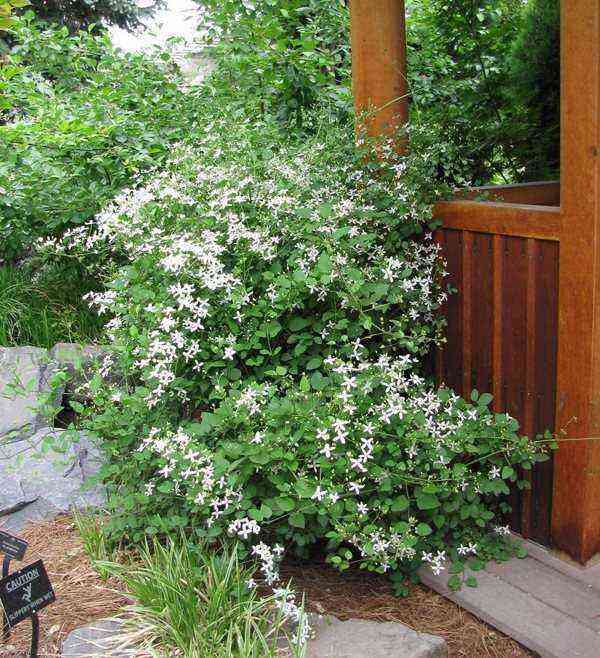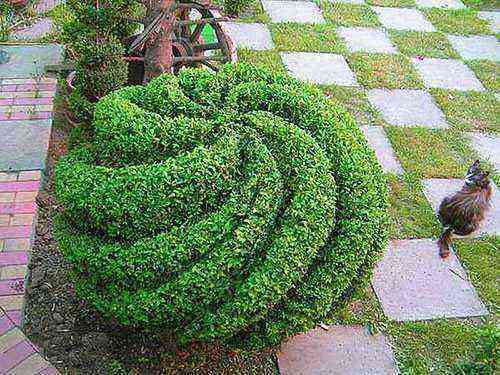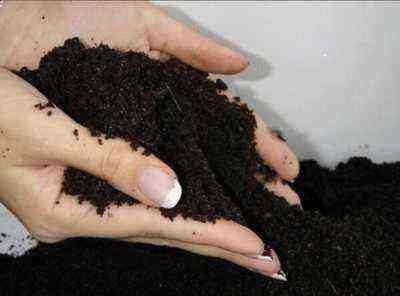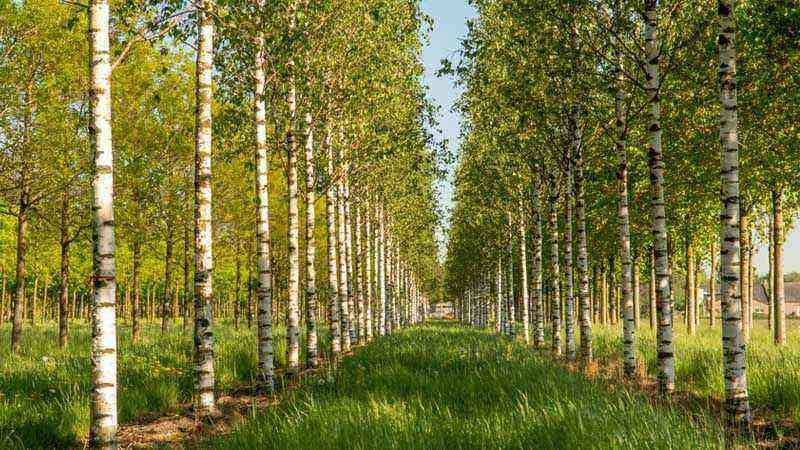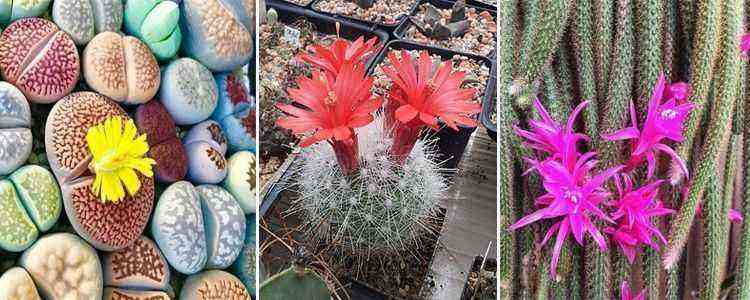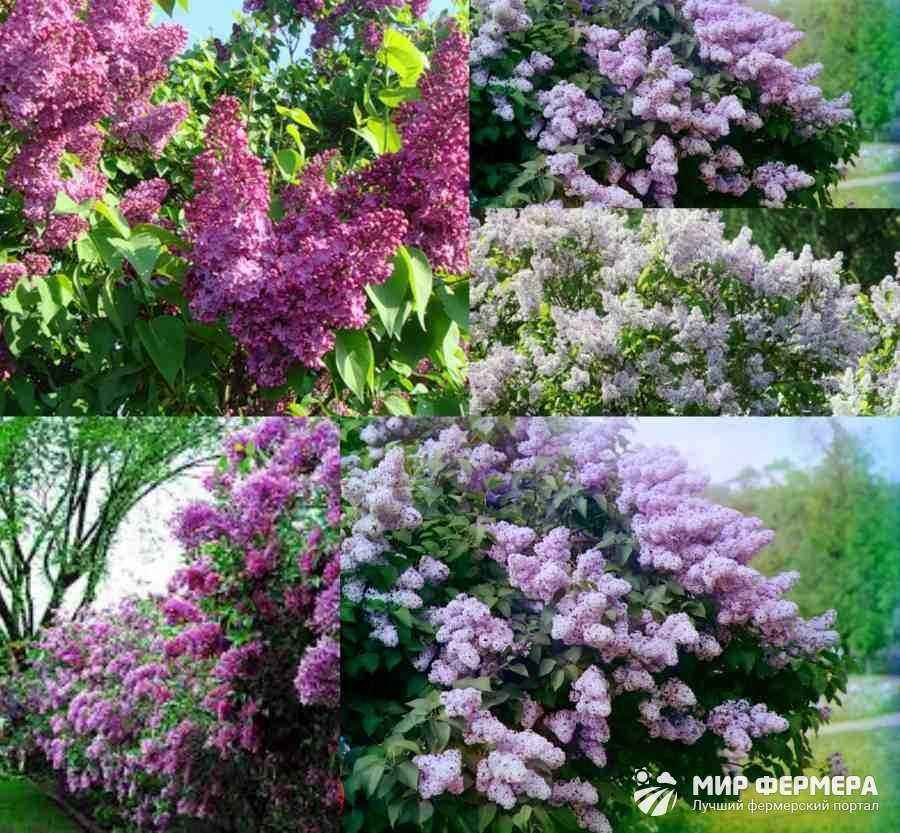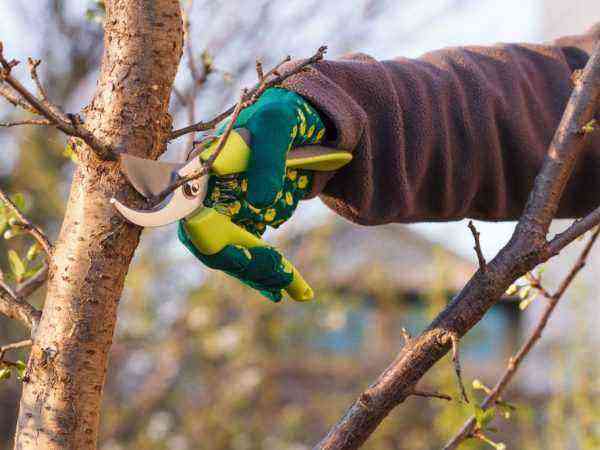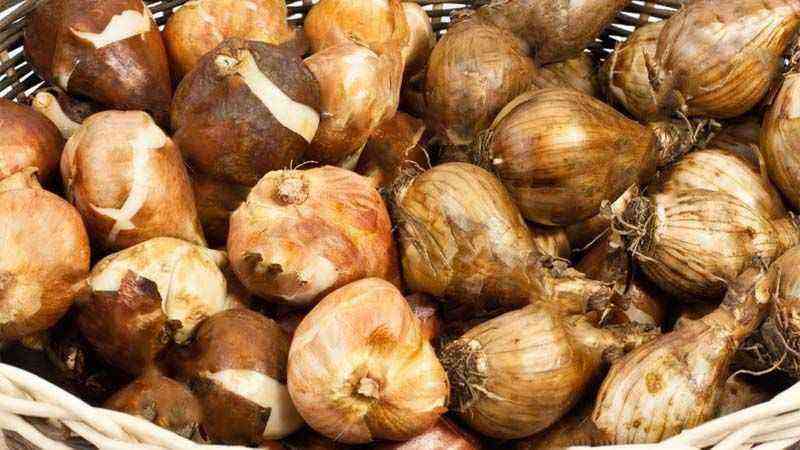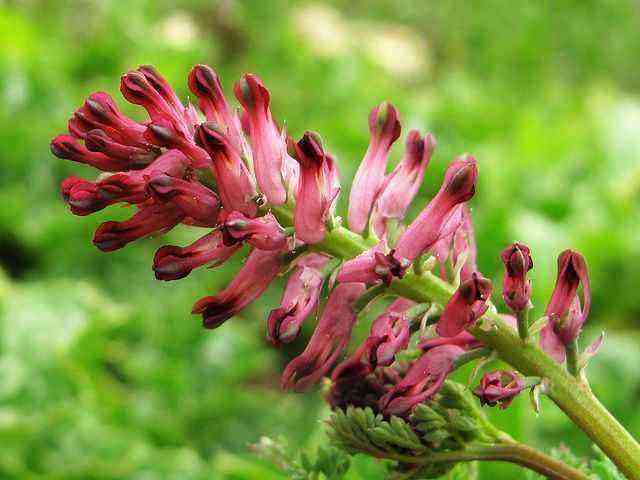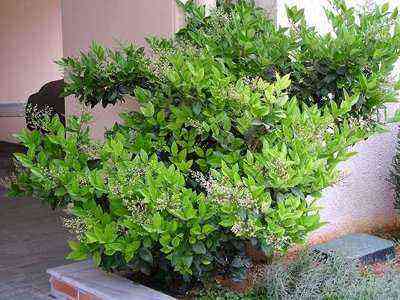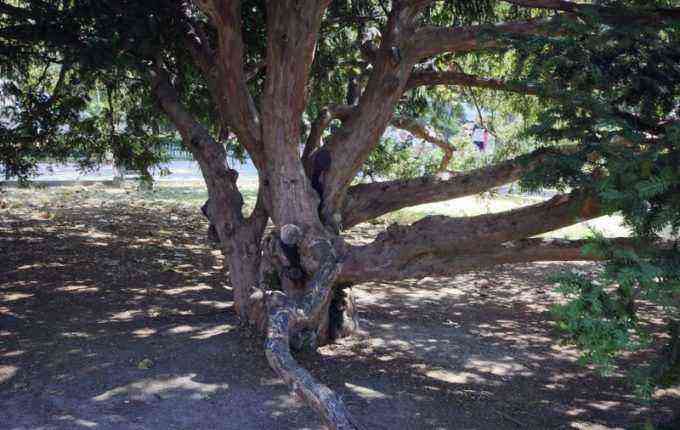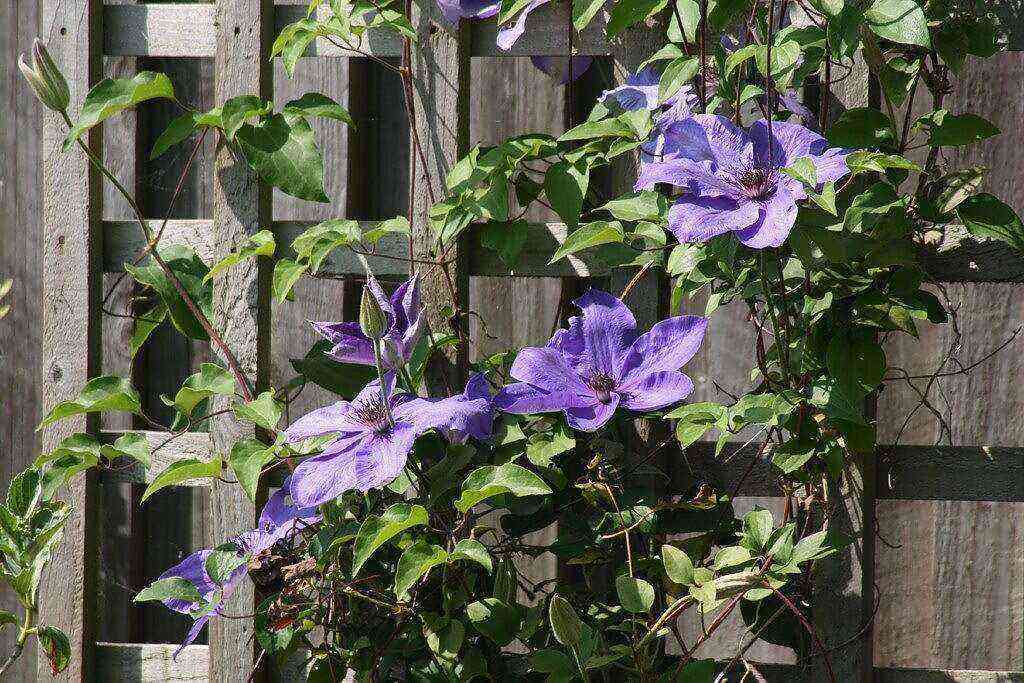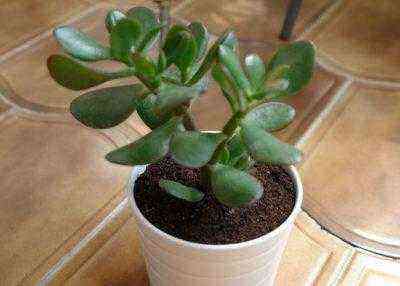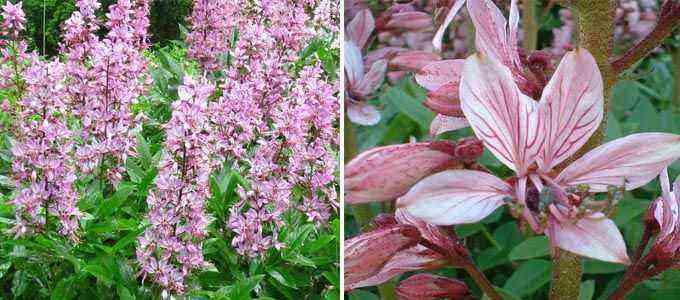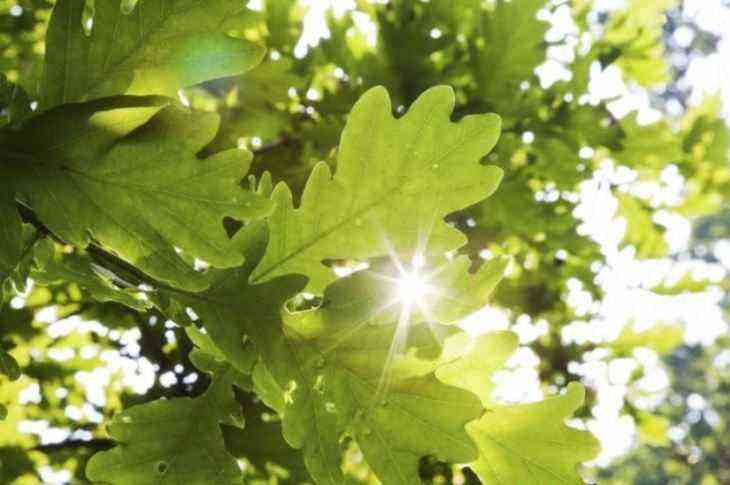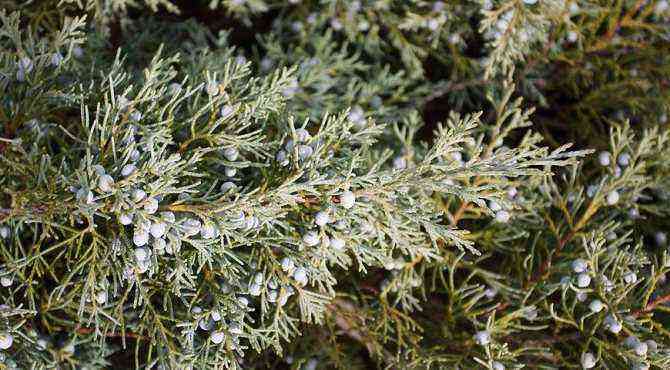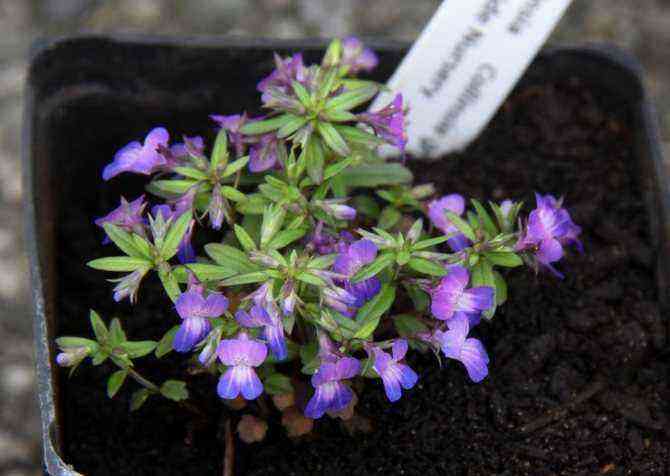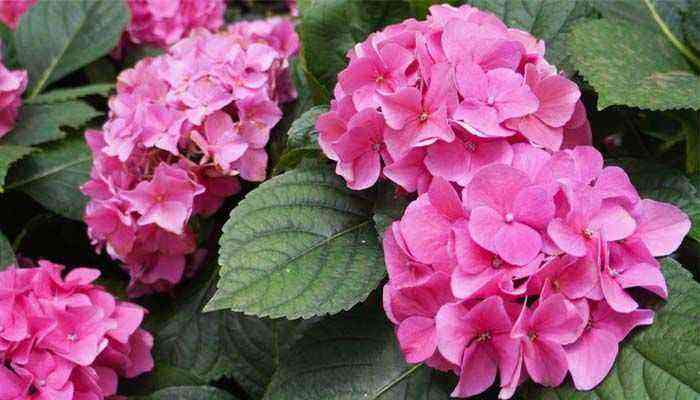In today’s article by Agromática we are going to talk about a very European botanical species. Is about Vinca minor. This is its scientific name although it is also known as Vinca, Herb doncella, Dominicana or Violeta de asno among others. It is a species that is usually cultivated as a garden hedge so it has many applications. Let’s get to know it in depth.
Growing Vinca minor in the garden
We begin by knowing a little more about this curious plant that is distributed practically throughout Europe. We can qualify it as sub-shrub, which would be a middle ground between shrub and herbaceous. This is because Vinca minor It does not usually grow beyond 20-30 cm, although on some occasions we can see it climbing, but always from some external support.
As we have superficially commented, the use is ornamental and is used as a cover for gardens and parks. It is practically planted so as not to leave the earth bare, and because it has a pleasant spring flowering that lasts throughout the summer season and, above all, for its ease of cultivation. Let’s see it right now.

Vinca minor where. alba
How does the weather affect Vinca minor?
Maiden grass is not demanding as far as temperatures are concerned, although untimely frosts can affect its leaves (it will be noticed by a change in color). In summary, in terms of climate you will not have any problem because it adapts perfectly to both the Mediterranean and the continental, avoiding, of course, intense cold.
Substrate or soil characteristics
A Vinca minor a well-draining soil, with Neutral pH (with slight variations). Regarding the texture of the soil, it can be either sandy or loamy or one half of these two types. If it is clayey, nothing will happen either (perhaps the drainage worsens a bit but there are many more variables), simply the other types of soil are more suitable.
Irrigation and fertilizer
As to irrigation, Vinca minor tolerates the seasons of drought but it also depends a lot on the weather. In summer, it is very bad if it is not watered in days, especially if it is in the sunny area. During the summer season it is necessary to water every 2 or 3 days to keep the soil moist. In winter watering will be reduced much more, even closing it if the rain accompanies.
Speaking of subscriber, appreciates the contributions of organic material like manure or compost, but you don’t have to overdo it either. For example, after the summer we can make a contribution that we will repeat in spring, and little else. Above all, it is important in the flowering season, where it needs the most nutritional requirements.
Multiplication of Vinca minor
We turn to a very important part within plants of this type, their multiplication. With Vinca minor you will not have any problems since it is quite “colonizing” and spreads easily, as in its day we commented with mint. Therefore, the division can be done by bushes, which we will be careful to remove from the ground.
Another thing that is also important to mention that is linked to multiplication but rather belongs to pruning is that, in spring, if we see that Vican minor is growing too much we can prune it. With this we will achieve greater cleaning and oxygenation (thus avoiding the proliferation of pests and diseases), on the other hand we will have to water and fertilize with less intensity, and finally, we will reactivate the formation of new shoots.
Plagues and diseases
You are right. It seems that both pests and diseases do not make much distinction and attack whatever is put in front of them. In the specific case of Vinca minor we are going to distinguish both pests and diseases.
Pests
Diseases
- Powdery mildew
- Roya
- Virosis
- Root rot (Rhizoctonia)
To treat Vican minor pests you can see our article on ecological insecticides, and in the case of diseases, we also have an article on ecological fungicides.
What is vincamine?
We couldn’t leave without hinting at the vincamine. Maiden grass is capable of producing this alkaloid drug (14,15-Dihydro-14-hydroxyeburnamenin-14-carboxylic acid). It is used in medicine as brain oxygenator, just as we tell you.
It is used for some problems derived from circulation, but with the advantage that vincamine only acts at the cerebral level and not at the general level of circulation. It is used in severe headaches, memory problems, circulatory failure, ischemic syndromes, etc.
However, even coming from plants and being considered “natural” is a pharmacological compound, so it is subject to the approval of the specialist doctor.
What was said. If you want a carpet species that consumes very little water (Vinca is perfectly suitable for Mediterranean gardens)
